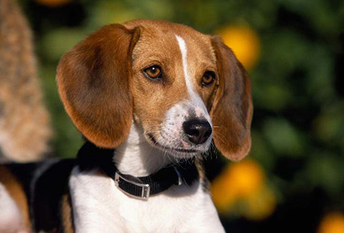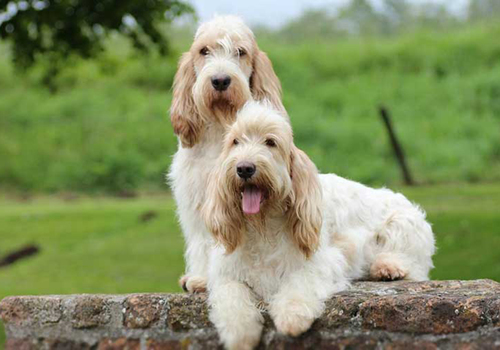The Griffon Vendéen hounds have gone through over 400 years of evolution to produce the griffon-coated French hounds of today: the Grand Griffon Vendéen, Briquet Griffon Vendéen, Grand Basset Griffon Vendéen, and thePetit Basset Griffon Vendéen.
In general, French hounds developed into the breeds they are today by forming to fit the particular needs of their geographic areas. The dense, thorny, rocky region of the Vendeé required a hardy breed of dog with mental and physical stamina and a coat that resisted brambles. Also, hunters of the lower classes who did not own horses needed a slower hound so they were more easily able to keep up. Their solution was to shorten the legs of the dog and, through evolution and breeding, a low-set dog was created. By the end of the 19th century, theBasset Griffon Vendéen, combining both hardiness and a shortened leg, had evolved as a part of the basset breeds of France.
Further work in producing the exact size and proportions needed to hunt different game, the Club duGriffonVendéen that was founded in 1907 recognized two varieties of theBasset Griffon Vendéen, The Grand Basset Griffon Vendéen, and the PetitBasset Griffon Vendéen.
By the 1950s, the Grand was separated into its own standard and considered a separate breed, though interbreeding between the Grand and Petit was not banned until 1977.











